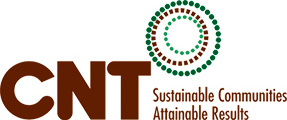Green Infrastructure Portfolio Standard
CNT has developed and is testing a green infrastructure portfolio standard (GIPS) as a way for communities to cost effectively scale up green infrastructure in developed urban areas to substantially reduce the volume of stormwater runoff and pollutants that enter the sewer system. Green infrastructure—managing stormwater on-site with plants, trees, and grasses—provides a suite of cost-effective ecological and quality of life benefits not associated with conventional stormwater infrastructure. Working in areas with water quality or flooding problems, the GIPS program incorporates green infrastructure features in selected public and private projects to slowly but steadily reduce the stormwater that enters the sewer system over a period of several years. The annual goals are very small, typically 1 to 2 percent of the baseline runoff from the area, but the cumulative effect over many years is a substantial reduction in runoff volume.
The GIPS is a program specifically focused on increasing green infrastructure practices in urban areas that are unlikely to see new development or redevelopment in the near future. These areas make up the vast majority of the urban landscape, and without such a retrofit program the stormwater problems in these areas will continue to get worse over time. Another important tool for stormwater managers is the stormwater ordinance, but these usually apply only to new developments or redeveloped sites, and affect a relatively small portion of the landscape.
Currently, CNT is working with teams in Milwaukee, Wisconsin, and Grand Rapids, Michigan, to determine how best to implement the GIPS as a mechanism for increasing green infrastructure practices over time in a structured, predictable, and cost-effective way.
Download the Green Infrastructure Portfolio Standard (GIPS) fact sheet (.pdf) ››
Program Contact
Hal Sprague, Policy Manager



